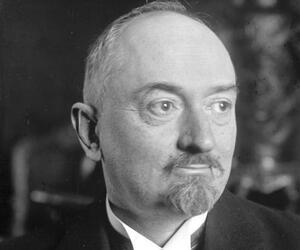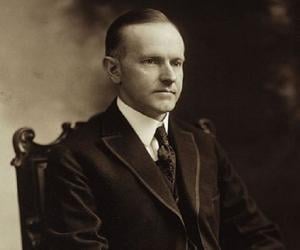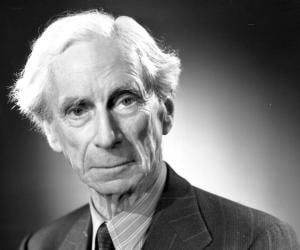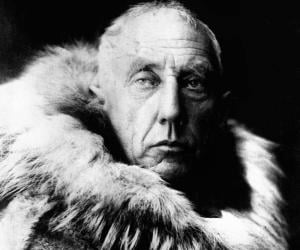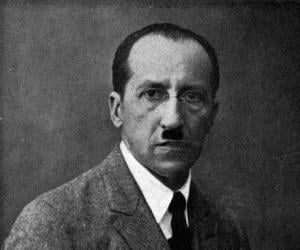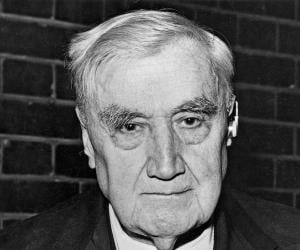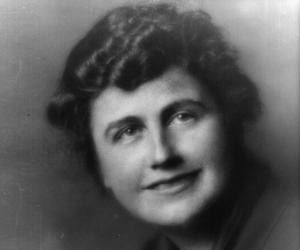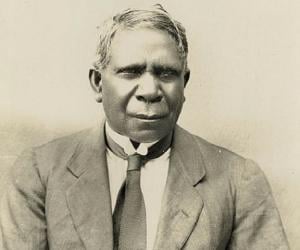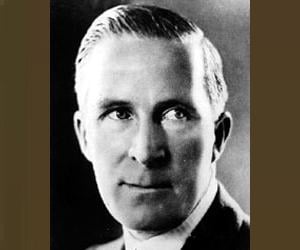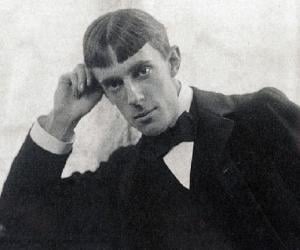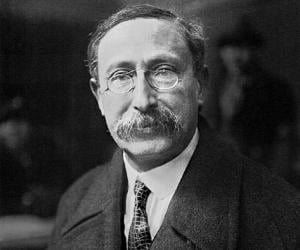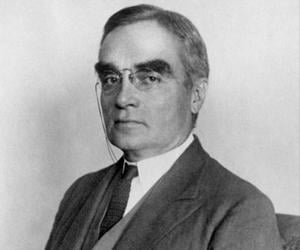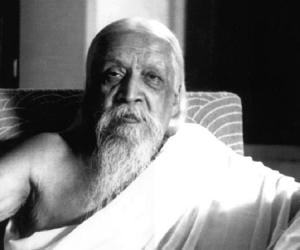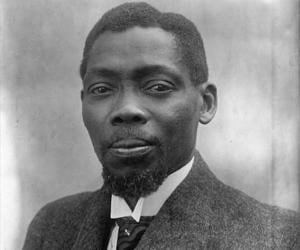The 30th president of the United States, Calvin Coolidge started his career as a lawyer before becoming an influential American politician. A man of few words with a dry sense of humor, Calvin Coolidge represented the middle class, which worked in his favor. Despite being a reclusive politician, Coolidge gave 520 press conferences, making himself available to reporters quite often.
Bertrand Russell was a British polymath and Nobel laureate. His work, which is spread across various fields, has had a considerable influence on philosophy, cognitive science, artificial intelligence, mathematics, linguistics, and logic. Russell is also credited with leading the revolt against idealism in Britain and is regarded as one of the founders of analytic philosophy.
Roald Amundsen was a Norwegian explorer. Specialized in exploring the polar regions, Amundsen was an important figure of the Heroic Age of Antarctic Exploration, an era in the exploration of Antarctica. He disappeared in 1928 when he was involved in a rescue mission in the Arctic. Owing to his significant achievements in polar exploration, several places are named after him.
Dutch painter Piet Mondrian is remembered for pioneering what is known as 20th-century abstract art. He co-founded the De Stijl art movement with Theo van Doesburg and gave rise to Neoplasticism. His art was influenced by Cubism. Many of his paintings consist of geometric shapes in particular sets of colors.
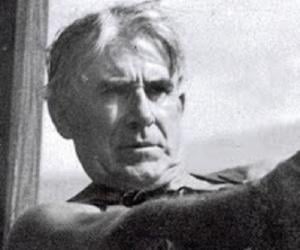
David Unaipon was an Aboriginal Australian preacher, author, and inventor. He is best remembered for his significant contribution to Australian society, which helped break several stereotypes about Aboriginal Australians. Apart from establishing a couple of awards in his honor, the Australian government has also featured Unaipon on the Australian fifty-dollar note.
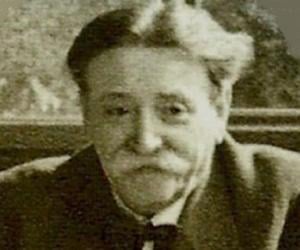
Jewish doctor Eduard Bloch began his career as a physician for the Austrian Army. He had later treated a young Adolf Hitler and his cancer-stricken mother, charging very little fees owing to their poor financial condition. This act that made Hitler grant Bloch special protection during the Nazi attack on Austria.
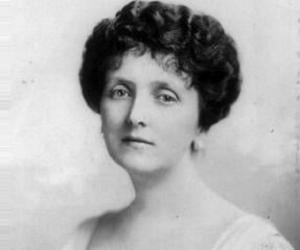
Aubrey Beardsley was an English illustrator and author, whose works emphasized the grotesque, the decadent, and the erotic. A leading figure in the aesthetic movement, he was deeply influenced by black ink drawings. He attended classes at the Westminster School of Art before beginning his career as an artist. He was considered an eccentric person.
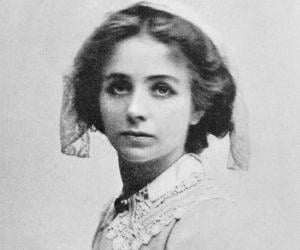
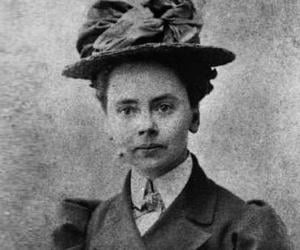
Julia Morgan was an American engineer and architect who is credited with designing over 700 buildings in California. She was the first woman to study at the Beaux-Arts de Paris and the first woman to be honored with the AIA Gold Medal, which was conferred upon her posthumously. She also received a posthumous induction into the California Hall of Fame.
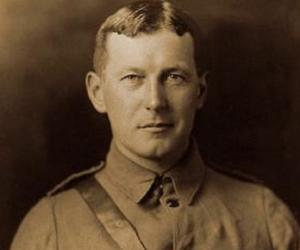
Best known for his iconic war poems such as In Flanders Fields, Canadian poet John McCrae was also an army physician. He was the first Canadian to serve as a consulting surgeon for the British Army and had earned the rank of Lieutenant Colonel in the Canadian Army.
Born into a Jewish family in Paris, three-time French prime minister Léon Blum had initially studied law. He joined politics inspired by the Dreyfus affair. The first socialist and the first Jew to head France, he introduced reforms such as the 40-hour work week and paid vacations.
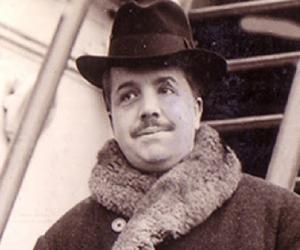
Sergei Diaghilev was a Russian ballet impresario, patron, and art critic. He is credited with founding the popular ballet company Ballets Russes, which has produced some of the greatest and popular choreographers and dancers like Tamara Karsavina, Lydia Sokolova, Serge Lifar, and Alicia Markova. Sergei Diaghilev is remembered for placing the needs of his company and dancers above his own.
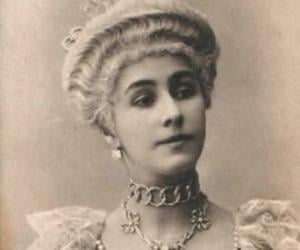
Mathilde Kschessinska was a Russian ballerina hailing from the Polish noble family Krzesiński. She was the daughter of Feliks Krzesiński, who danced in Saint Petersburg. As a young woman, she married Grand Duke Andrei Vladimirovich of Russia. She later opened her own ballet school and trained students, such as Margot Fonteyn, Alicia Markova, and André Eglevsky.
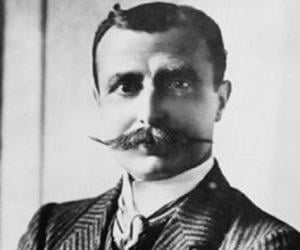
Louis Blériot was a French aviator, engineer, and inventor. He is credited with developing the first workable headlamp for cars. He is also credited with making the first working, piloted monoplane. Blériot achieved worldwide fame in 1909 when he became the first person to fly across the English Channel. Louis Blériot also founded the successful aircraft manufacturing company, Blériot Aéronautique.
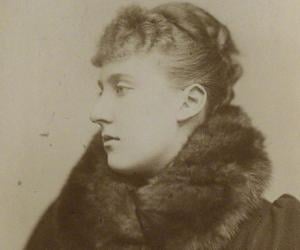
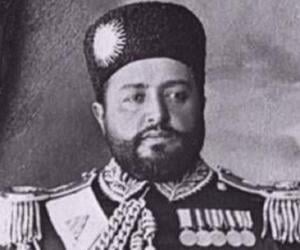
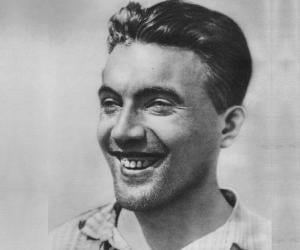
Legendary Czech composer Julius Fučík, also known as the Bohemian Sousa, initially played the bassoon for the Austro-Hungarian Regiment and then bagged a job with the German opera theater in Prague. His best-known marches include the Florentine March and Entrance of the Gladiators. He spent his final years in Berlin.

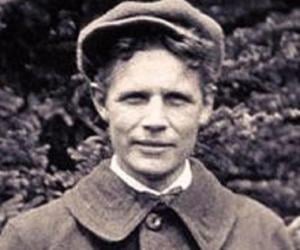
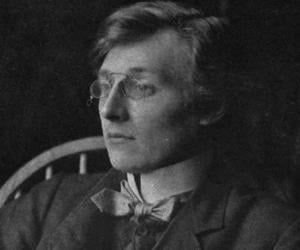
An illegitimate child of architect Edward Godwin and actor Ellen Terry, Edward Gordon Craig later grew up to be one of the pillars of modernist English theater. While he began his career acting at the Lyceum Theatre, he later switched to set designing. The Art of the Theatre remains his best-known written work.
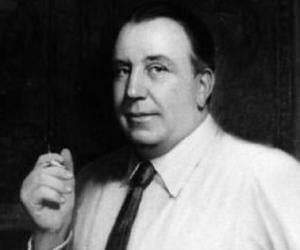
Society Architect Addison Mizner is remembered for designing resorts and Palm Beach mansions for the rich. He developed much of Boca Raton and also designed structures such as the Everglades Club and John F. Kennedy's Winter White House. His designs remain archived at the Society of the Four Arts Library.
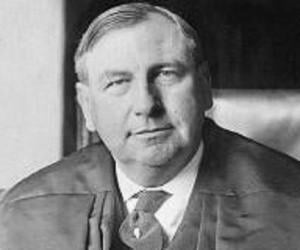
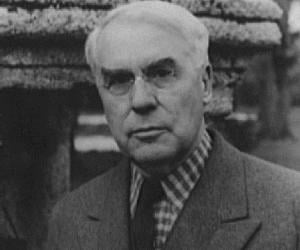
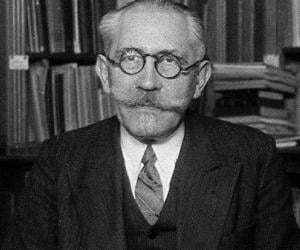
Best known for developing the Langevin dynamics and the Langevin equation, physicist Paul Langevin was also a staunch Communist. Having worked on his doctoral thesis under Pierre Curie, he had formed a connection with Curie’s wife, Marie Curie, which developed into a full-blown love affair after Pierre’s death.
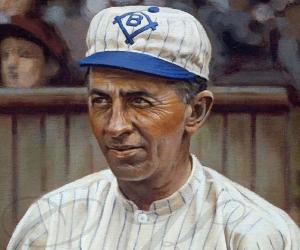
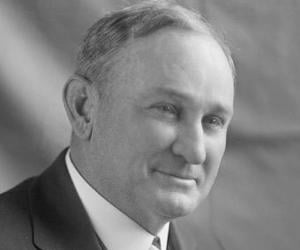
Jože Plečnik was a Slovene architect best remembered for designing the Slovene National and University Library building. Plečnik had a great impact on the architecture of Ljubljana, Prague, and Vienna. Jože Plečnik's impact on the capital city of Slovenia is so great that it is often compared to the impact Antoni Gaudí i Cornet had on the city of Barcelona.
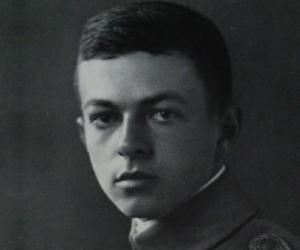
German politician Otto Braun was born to a railway employee and grew up to join the Social Democratic Party. He was once also accused of treason against the tsar but was let off due to lack of evidence. He had led Prussia as its prime minister during its provincial government days.
Sri Aurobindo was an Indian philosopher, poet, yogi, teacher, and nationalist. He was one of the most influential leaders of the Indian independence movement before becoming a spiritual reformer, focusing on spiritual evolution and human progress. He is credited with founding the Sri Aurobindo Ashram in Pondicherry, which continues to serve spiritual aspirants from all over the world.
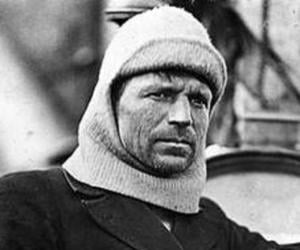
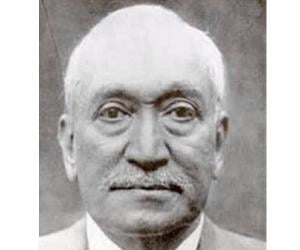
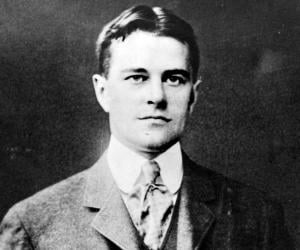
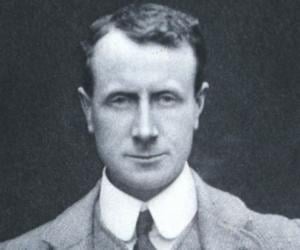
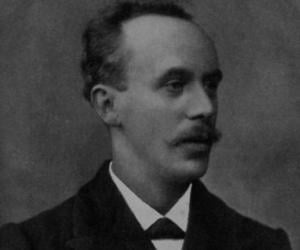
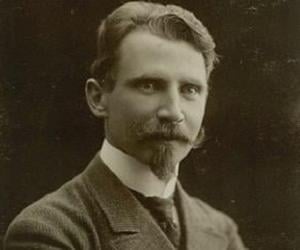
Ludwig Mylius-Erichsen was a Danish ethnologist, explorer, and author. He is renowned for his explorations of Greenland. Mylius-Erichsen is credited with proving the nonexistence of the Peary Channel, thereby proving that American explorer Robert Peary was wrong. It was assumed that the channel existed until Ejnar Mikkelsen found Mylius-Erichsen's report in a cairn after Mylius-Erichsen’s death during his last exploration.
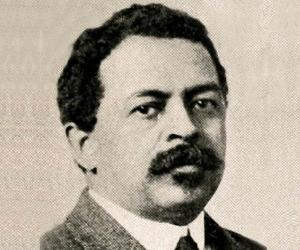
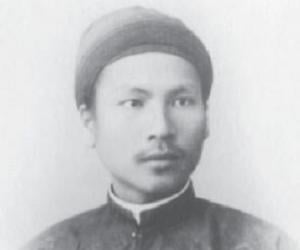
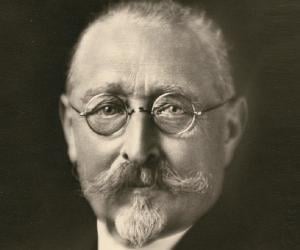
Blaise Diagne was a Senegalese-French political leader who became the first black African elected to the French Chamber of Deputies. He was also the first to hold a position in the French government. He actively advocated for equal rights for all and was a pioneer of black African electoral politics. He was a freemason.
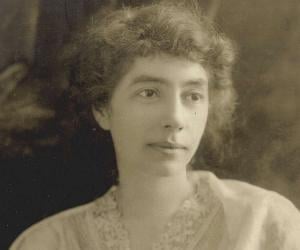
Madeline McDowell Breckinridge is best remembered for leading the women's suffrage movement in Kentucky. Mostly involved with campaigns related to children’s and women’s rights, she also established the Lexington Civic League, geared toward controlling child labor and upliftment of poor children. She was also associated with efforts to prevent tuberculosis.
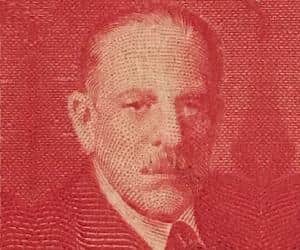
Manuel Márquez Sterling was a Cuban diplomat best remembered for his service as an interim President of Cuba on January 18, 1934; he served as the president for six hours before he was replaced by another interim President Carlos Mendieta. Manuel Márquez Sterling also served in the Cuban War of Independence and later served as the ambassador to the USA.
